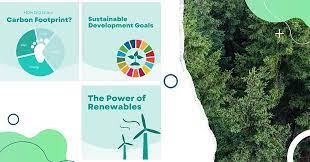
Day of Eight Billion: The global population is projected to reach 8 billion on 15 November 2022, and India is projected to surpass China as the world’s most populous country in 2023, according to World Population Prospects 2022. This unprecedented growth is due to the gradual increase in human lifespan owing to improvements in public health, nutrition, personal hygiene and medicine. It is also the result of high and persistent levels of fertility in some countries. This projection was revealed in the United Nation’s World Population Prospectus 2022. The prospectus was released on World Population Day, which fell on July 11. However, it began garnering widespread attention only recently with the day of 8 billion fast approaching.
November 2022 Current Affairs Quiz
Notably: While it took the global population 12 years to grow from 7 to 8 billion, it will take approximately 15 years—until 2037— for it to reach 9 billion, a sign that the overall growth rate of the global population is slowing.
According to the United Nation’s World Population Prospectus 2022:
The UN’s latest projections suggest that by 2030, the global population could grow by half a billion to reach 8.5 billion. The population is expected to reach 9.7 billion in 2050 and further balloon up to 10.4 billion in 2100. It’s interesting to note that in 2020, the world population rate fell under 1% for the first time since 1950. It is expected that the world’s population will peak at around 10.4 billion people during the 2080s, remaining at that level until 2100.
According to data, India will surpass China in terms of population in 2023, becoming the world’s most populated country. In 2021, the average fertility of the world’s population was at 2.3 births per woman over a lifetime. The number is significantly lower than the average of 5 births per woman in 1950. According to World Bank, India’s fertility rate is lower than the global average, with the latest estimate putting it at 2.1 births per woman over a lifetime. Global fertility is expected to drop to 2.1 births per woman by 2050. Rapid population growth comes with its own set of challenges. Resources are stretched thin, impacting the quality of services people receive. For instance, resources have to be pushed towards ensuring everyone receives some food, drawing them away from efforts to guarantee the quality of food.





